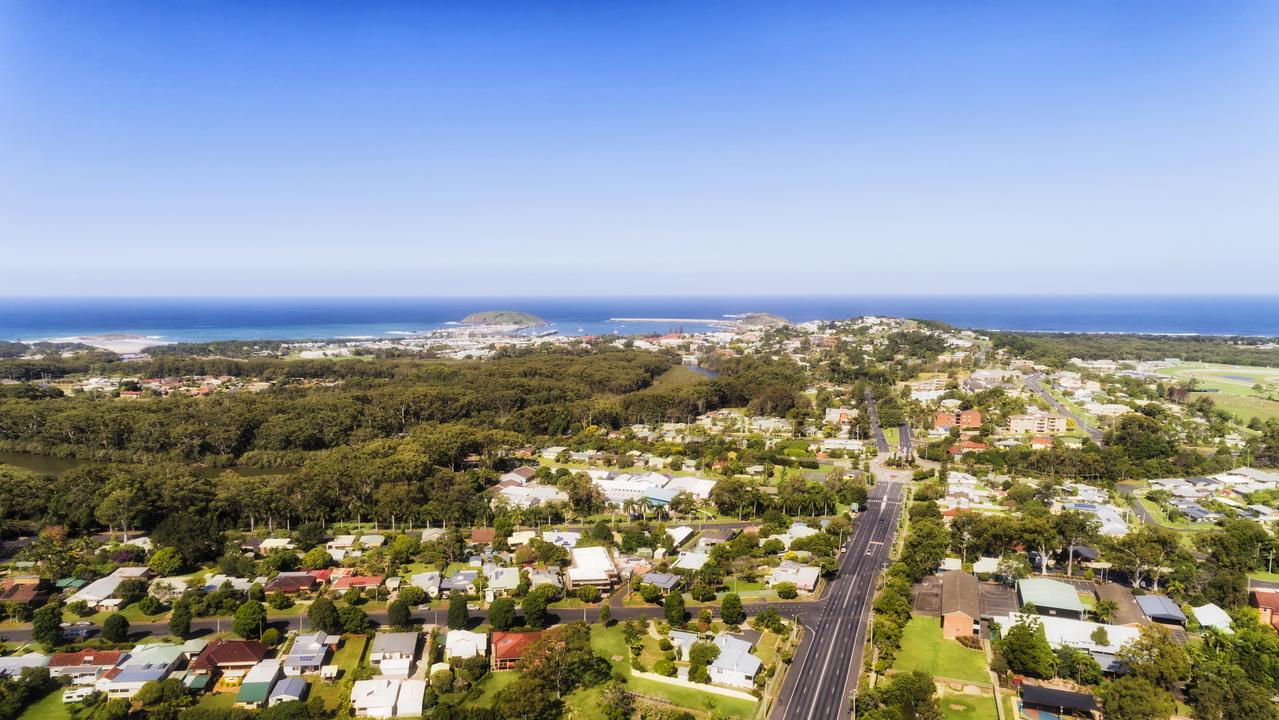Unauthorised earthworks near Grafton draw ire of water regulator
North Coast landholders are on notice as the water regulator cracks down on unauthorised works and oversized dams. See how they are keeping tabs on changes to the local landscape.

Coffs Harbour
Don't miss out on the headlines from Coffs Harbour. Followed categories will be added to My News.
A simple earthen creek crossing to enable vehicles and trail bikes to get from one side of a waterway to the other has ended in hot water for a local landholder.
The Natural Resources Access Regulator received a report from the public about an earthmoving project south of Grafton that had used large amounts of soil and other landfill materials to create a creek crossing for cars, trail bikes and other vehicles.
During the regulator’s investigation, it became evident the crossing had been in place for some time, but there was no impact on water flow in the creek or to dams downstream.
However, approvals had not been issued for the construction.

“Two formal warnings were issued to a landholder for carrying out controlled activity without controlled activity approval,” Gregory Abood, NRAR eastern director of Water Regulation, said.
“Wherever possible, NRAR strives to educate and encourage and in this particular matter, the issuing of the formal warnings plus advice and information about seeking work approvals was an appropriate response to bring the landholder into compliance.”
The regulator has a number of ways to detect any kind of work on waterfront land.
There’s the traditional: on-the-spot ground inspections, following up complaints from neighbours or other members of the public, as well as satellite imagery.
But the agency now also has a fleet of drones as eyes in the sky and can use an acoustic profiler to monitor the size of a dam.
The regulator’s latest quarterly report shows the North Coast was a focus area for the authority between October and December.

“We ran a number of campaigns in the Coffs Harbour region in 2021 which led to regulatory action during this quarter,” Mr Abood said.
“Unauthorised or oversized works or dams was the most common offence type in the North Coast region (44 per cent), followed by unauthorised structures on waterfront land (31 per cent).”
Mr Abood said the North Coast results show enforcement continued despite the pandemic and adverse weather conditions.
“The highest number of investigations were concluded in the North Coast region (45) between October and December, ahead of Namoi where 37 were finalised,” he said.
“The most enforcement actions statewide occurred in the North Coast (28), well ahead of Namoi (11).”
Where someone has transgressed, the regulator can impose a fine or a statutory notice, a legally binding direction to for example remove a work.
At the lower end of the scale, a formal warning can be issued.
In the latest quarterly reporting period, the regulator issued three penalty notices on the North Coast, along with 18 statutory notices and seven formal warnings.
“The result is a clear indication that we will continue to enforce water laws to ensure fairness to those who comply,” Mr Abood said.
“In 2022, NRAR remains focused on metering, bore extraction limits, overdrawn accounts and irrigated agriculture.
“On the North Coast we will focus on irrigated agriculture and whether water users are measuring what they take lawfully, and are taking within their allocation.”
Across NSW during October to December, the regulator:
- inspected 207 properties
- issued 79 enforcement actions
- finalised 238 investigations, and
- began 206 investigations.




